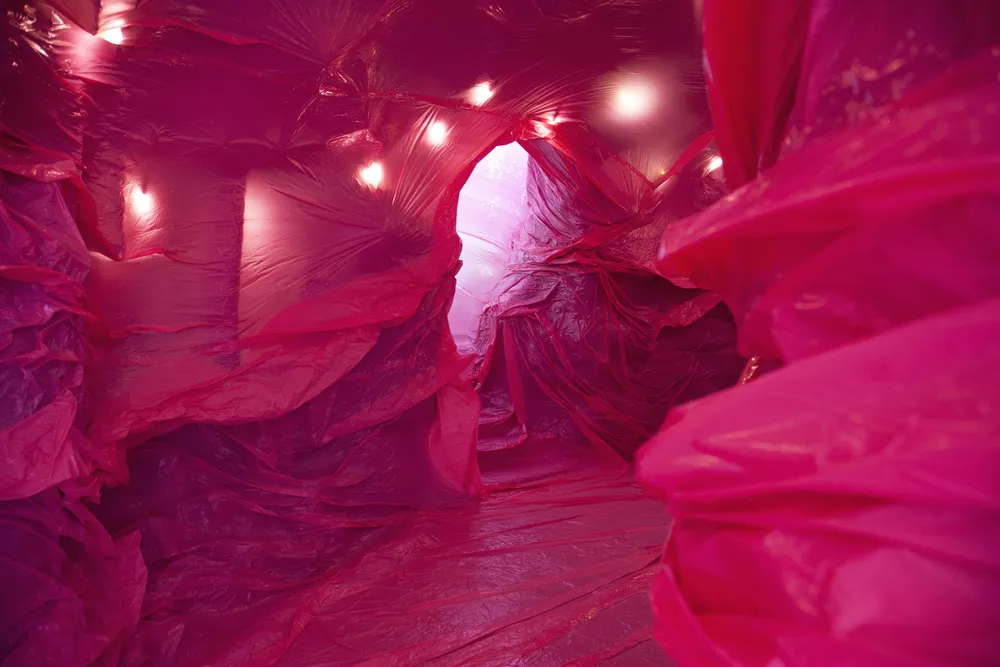With the inauguration of Casa SP-Arte (Al. Ministro Rocha Azevedo, 1.052, São Paulo), which houses an exhibition by Hélio Oiticica, the longest art fair in Brazil opens another chapter in its development developed over almost 20 years.
A cultural festival now seeks to expand its activities beyond the stands and the commercialization of works, whether in the Bienal building, where the next edition takes place from March 29 to April 2, or in the Ark, which in August hosts for the second time the Rotas Brasileiras, a fair focused on galleries and projects outside the Rio-São Paulo axis.
Founder and director of SP-Arte, Fernanda Feitosa, says that the events beyond the borders of the Biennial gained strength when foreign galleries, such as White Cube and Gagosian, became part of the fair in a more consolidated manner between 2011 and 2012.

According to Feitosa, they increased the parallel programming with parties and receptions, but not only that.
“With the greater presence of foreign collectors, who arrived on the Monday before the fair started, Gallery Night appeared, a circuit of galleries in Jardins and Vila Madalena that created special programs, different from what they presented in their booths, and extended their opening hours until 10 pm”, says Feitosa.
When the presence of foreign exhibitors decreased, around 2013, the circuit started to be done the weekend before SP-Arte.

In 2017, the São Paulo fair – which then already housed lectures, book launches, guided tours, etc., closed to its visitors – adopted the name festival.
Casa SP-Arte, explains the director, will give way to the fair’s projects – such as promoting young artists without representation, among other actions -, to proposals from foreign galleries and partnerships with participating exhibitors, as now with Gomide & Co and Instituto Hélio Oiticica.
In August, the space will host another exhibition, which should preferably dialogue with the next edition of the Brazilian Routes.
President of ArtRio, which has been held since 2011 and will have its next edition from September 13 to 17, Brenda Valansi points out that since the beginning, more than a trade fair, the goal was to make a cultural event focused on the public formation and democratization of Art.
“And this is not restricted only to the five days of ArtRio; it is an annual program that reaches various audiences in socio-educational actions for people with little access to culture and projects such as the Integrated Circuit of Art Galleries [Ciga], born in 2014, a route for the public to lose the fear of entering these spaces,” says Valansi.
She also mentions the lectures and the Foco Award, created in 2013, whose goal is to give visibility to Brazilian artists with up to ten years of performance.
ArtRio also has a program of urban interventions, also born in 2013 and which has already taken works and performances by artists such as André Griffo, Lenora de Barros, and Paulo Bruscky to public spaces, such as Praça Paris, the gardens of the Museu da República and MAM-Rio, Morro da Urca and the corridors of Shopping Leblon.
Created last year, ArPa, which will take place between May 31 and June 4 at the Pacaembu Complex, had its first edition in 2022, when it already exceeded the boundaries of its stands and held the exhibition Art in the Field, open to the public at Charles Miller Square, with guided tours and curated by Catarina Duncan, who invited 21 artists to exhibit sculptures, installations, and performances.
The fair also created the Prisma program, which is not restricted to the days of the event, and promotes visits to artists’ studios, institutions, and private collections, “intending to spread knowledge within the arts and bring closer a more knowledgeable and interested public,” according to Camila Barella, ArPa’s general director.
This year, the fair now has a section for conversations, curated by Carla Zaccagnini, in which there will be “a mini exhibition contextualizing, visually, the themes discussed there,” says Barella.
With information from Valor

